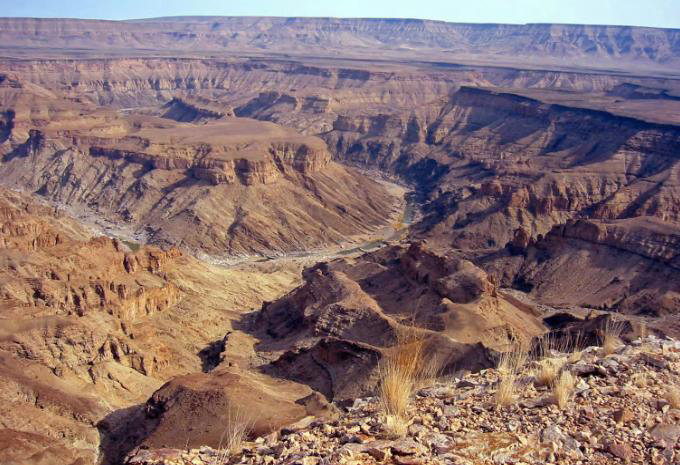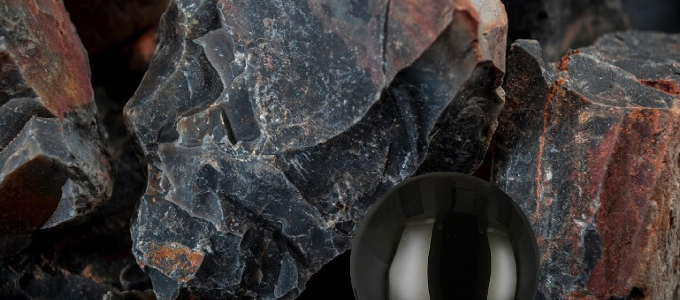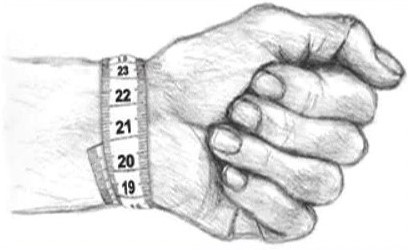No new products at this time
This high-end black onyx stone bracelet is adorned with 4 unique beads cut and shaped from a natural Gibeon meteorite. Meteorites are rare, collecting them requires a lot of knowledge, because they blend in with other terrestrial materials. Meteorites are witnesses to the history of the solar system.
The clasp and spacers are made of solid 925/1000 silver, the clasp in 316L steel receives a diamond finish, the spacers are made of 925 silver with leaf motifs which add personality and allow the black onyx to be highlighted . Mounted on a stainless steel cable, which provides very good resistance to breakage and corrosion.
GUARANTEE - AUTHENTICITY - MAINTENANCE
This bracelet is designed and made in my workshop, delivered with a certificate of authenticity for the material and a 3-year guarantee against manufacturing defects, an explanatory sheet on the history and origin of the meteorite. A jewelry box in matte black wood, interior in light ivory suede with a high-end finish. It is durable over time, it is a rare piece that must be respected, so it is advisable to dry it well each time you wet it.
Meteorites offer us valuable information on the formation of our solar system, since some of them, called undifferentiated, keep in their composition the memory of this formation. In ancient times many “wise men” like Aristotle tried to explain the origin of meteorites.
It was in 1794 that a brilliant precursor, the German physicist Chladni, established the foundations of the knowledge of meteorites and their origin. These are fragments of the hearts of planetesimals or even embryos of planets which have differentiated chemically and mineralogically, just like the Earth when it formed its mantle and its core. The Gibeon meteorite is a meteorite that was found in the nineteenth century, more precisely in 1836, on the African continent, in Namibia.

Samples can be seen in different places but the most beautiful are exhibited in Windhoek, on Namibian territory. The Gibeon meteorite is mainly composed of 87% iron and 10% nickel.
This meteorite is a typical example of octahedrite due to the nature of its structure which is crystalline. It is therefore an iron meteorite, being made up of an alloy of iron and nickel but one of its particularities is that it also contains cobalt. We were able, thanks to very detailed and complex calculations, to determine its total mass before its impact. It amounts to approximately twenty-six tons.
The fragments of the Gibeon meteorite are scattered over an area of several hundred kilometers, in an elliptical shape. Its name comes from the nearest town which is precisely called Gibeon. Certain peoples of southern Africa were already using fragments of the Gibeon meteorite to shape arrows but also to build all kinds of tools. It was British Captain J. E. Alexander who was the first to ship samples to Europe.
The latter were analyzed in London by the astronomer John Herschel who confirmed that their origins were extraterrestrial. Some researchers still have the privilege, today, of collecting a few kilograms of this meteorite. Pallasites are even rarer, are pieces of planetary hearts, representing only 1% of meteorites falling on Earth, pallasites fascinate with their beauty with grains of olivine caught in a metallic matrix. Yellow-green olivine crystals “float” in an iron-nickel alloy, which they share with siderites, without being in contact with each other.
The fragments found on Earth would be the result of subsequent collisions that destroyed the layers of asteroids containing these pallasites. Pallasites are certainly among the meteorites that every collector must possess. Like the vast majority of meteorites found on Earth, pallasites come from the asteroid belt.
These meteorites do not take their name from the family of asteroids associated with Pallas, but from Peter Simon Pallas who was a German naturalist in the service of Empress Catherine II of Russia. He had explored Siberia and brought back a 680 kg meteorite discovered in 1749 near Krasnoyarsk.
Back in Germany, Pallas sent a sample of this meteorite to his friend the physicist Ernst Chladni, the founder of modern acoustics, well known for his work leading to the discovery of the famous Chladni acoustic figures.
Ernst Chladni was very interested in meteorites and he was the first to scientifically argue that meteorites were extraterrestrial objects, perhaps even remnants of the formation of the planets of the Solar System. It was Chladni who called meteorites similar to that of Krasnoyarsk “pallasites”, in homage to his friend.
Onyx stone is one of the most used stones in jewelry for its deep black background. The most beautiful come from the Shibam mountain, not far from Marib, capital of the famous kingdom of Saba, today buried under the sands of Yemen, in the Hadramawt region. The colossal size of the worked onyx blocks still amazes scientists and historians.
All ancient civilizations used onyx very skillfully. At Abydos, Egypt, researchers discovered several onyx plates, jars and vases. Funerary temples also hid onyx earring beads. It was very appreciated by the Egyptians during antiquity.
The Romans loved onyx for making seals, because it had the particularity of retaining no trace of wax. They also made signet rings engraved with various symbols.
The Cabinet of Medals now houses an old Phoenician seal dating from 780 BC. BC, representing the solar child-god Nefertum surrounded by magnificent lotus flowers.
Indians have always considered onyx stone as a good luck charm or a source of relief, especially for pregnant women.
The name onyx which means “nail or claw” comes from a Roman legend.
One evening, the goddess Venus had dozed off... her son Cupid took the initiative of doing her nails using one of his arrows. These nails calcified over time to give onyx .

THE VIRTUES AND PROPERTIES OF ONYX STONE IN LITHOTHERAPY
Onyx stone is a real shield against negative energies.It helps reduce stress, anxiety and regain self-confidence. It constitutes a shield of protection and support in difficult times.
The onyx stone helps purify karmic energies. This property makes it useful for work on past lives and allows it to heal old traumas. It promotes the control of passions and emotions. It allows a better anchoring to the earth and a better balance for the body and mind.
THE PHYSICAL VIRTUES OF ONYX STONE
It improves the circulatory system, promotes drainage, the elimination of toxins and helps fight allergies. It is an excellent stone to initiate meditation. Thanks to onyx, you will find the confidence necessary to open up to others with sincerity and kindness..
THE CHARACTERISTICS OF ONYX STONE
Onyx is part of the agate family and the chalcedony family, its hardness is 7/10 on the Mohs scale. It is formed by silica deposits present in water flowing through underground rocks.
This bracelet is made from natural stones, therefore the appearance of some beads may differ slightly from the model shown.
10mm Round Black Onyx Stone Beads
Gibeon meteorite round beads 8 mm
Pearl color: 925 solid silver plating
Metorite Finish: Satin Shiny Silver
Meteorite origin: Gibeon Hardap in Namibia
Origin of Onyx: Mexico, Brazil, Madagascar
Onyx Finish: Matte Satin Polished Deep Black
Spacers: solid 925 silver chiseled with leaves
Anti-allergenic 316L surgical steel clasp
Clasp finish: Fine jewelry diamond-plated
Braided stainless steel cable diameter 1 mm
The sizes are indicative and vary depending on the type of bracelet, because of the sizes of the stones or the different settings. It is therefore not always possible to adjust them precisely.
Note the length obtained by measuring your wrist; if you do not have a flexible tape measure, you can use a thread or a strip of paper which you then measure on a ruler.
The average size of bracelets for a woman is around 19cm and 21cm for men.

Add 1cm or even 2cm as specified in the size choice located at the top of the site under the photos.
For example, if you have a wrist size of 17cm, the ideal size to choose for your bracelet is 19cm.
This also depends on how you want to wear your bracelet, tight or loose.
To wear "close to the skin": add 1 to 1.5cm to your wrist measurement and to wear "loose": add 1.5cm to 2cm to your wrist measurement.